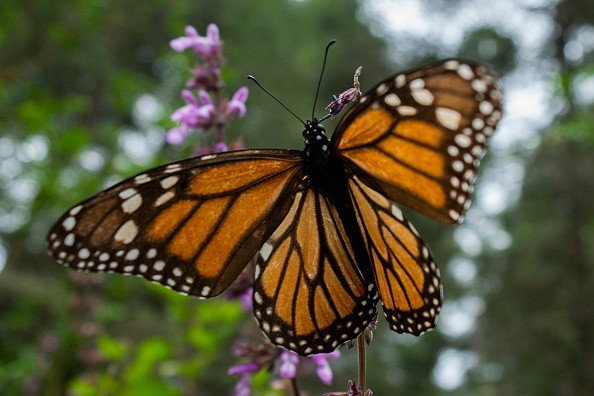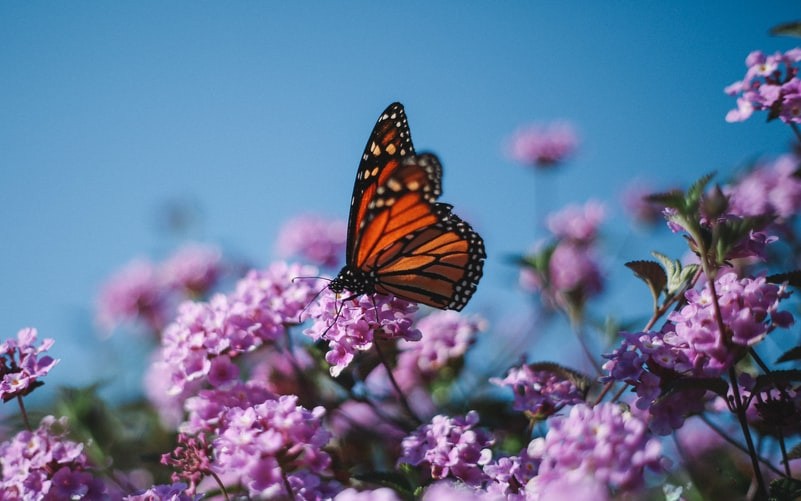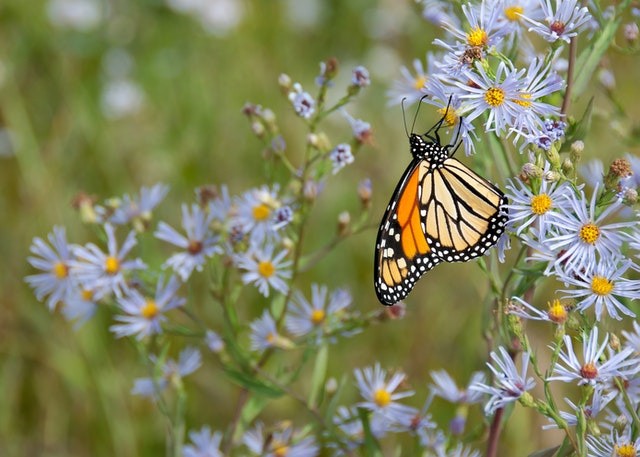According to yearly survey data, some of the UK's most endangered butterflies weathered a bad year in 2021 because of conservation measures.

Butterfly Initiative

The woodland-loving heath fritillary's population has risen in the last decade, yet it is still 90% lower than in 1980. The silver-studded blue, meanwhile, had its finest year since 1996.
These species thrived despite terrible weather, including a chilly, rainy May in England, because of the restoration of destroyed habitats. According to the UK Butterfly Monitoring Scheme, which includes over half a million data, 2021 was a challenging year for overall butterfly abundance, placing 28th out of 46 years since 1976.
This year, many common species struggled with the green-veined white, which had its fourth worst year on record, and the giant skipper, which had its fifth-worst year on record. Even several common species that had been on the rise in recent years had a dismal year, with the ringlet registering its lowest population since 2012.
"We're thrilled to be seeing some good indicators for species like the heath fritillary, especially when the overall long-term picture for UK butterflies is one of severe loss," said Butterfly Conservation's Richard Fox. "It emphasizes the need for habitat management and restoration." The heath fritillary is an excellent example of a species that, if not for conservation efforts, would probably definitely have gone extinct in Britain by now."
Efforts

These attempts involve restoring forest clearings formerly abundant when coppicing was practiced. "There are certainly reasons to be cautiously optimistic about the outcomes of many other vulnerable species that are the subject of conservation efforts," Fox added. "The black and brown hairstreaks and the glanville fritillary, dingy skipper, adonis blue, and chalk hill blue had a nice year in 2021."
Volunteers gathered data from over 2,900 locations across the UK for the UK Butterfly Monitoring Scheme. When the weather permits, the butterfly spotters travel a predetermined path each week from April through September.
Butterfly populations change year to year due to various factors, including the weather. Adult insects require warm, dry weather to fly, whereas caterpillars must avoid dryness, which can destroy the plants they consume.
"They are cold-blooded organisms that rely on the sun's warmth to warm up and become active," Fox explained. "As a result, they can't fly, forage, or locate a mate if it's too cold." Some butterflies in the adult stage at the time, such as the holly blue, would have been affected by the dreadful May."
Human Action
Human action, particularly the loss and degradation of natural habitats by intensive farming, is mostly responsible for long-term trends in British butterflies. Twenty of the 54 species having long-term data in England are declining, while 12 are increasing in abundance. For example, the pearl-bordered and tiny pearl-bordered fritillaries are just a third of what they were in the 1970s.
According to Fox, the indiscriminate destruction of natural habitats in the UK has mostly ceased. Even on nature reserves, though, habitat degradation continues. He attributed this to a lack of finance, pollution, and chemicals from farming.
Defying the Trend
Scotland is defying the trend, with 12 species examined exhibiting long-term gains in abundance and three showing long-term losses. According to Fox, the major reason is that climate change is causing many butterfly species to migrate northward.
"Butterfly species are indicators of the health of our natural environment and can thus be used to help understand and protect the wider ecosystem on which so many birds, mammals, and other species rely," said Sarah Harris of the British Trust for Ornithology, whose volunteers also collect butterfly data.
For the most recent updates from the animal kingdom, don't forget to follow Nature World News!
© 2025 NatureWorldNews.com All rights reserved. Do not reproduce without permission.





